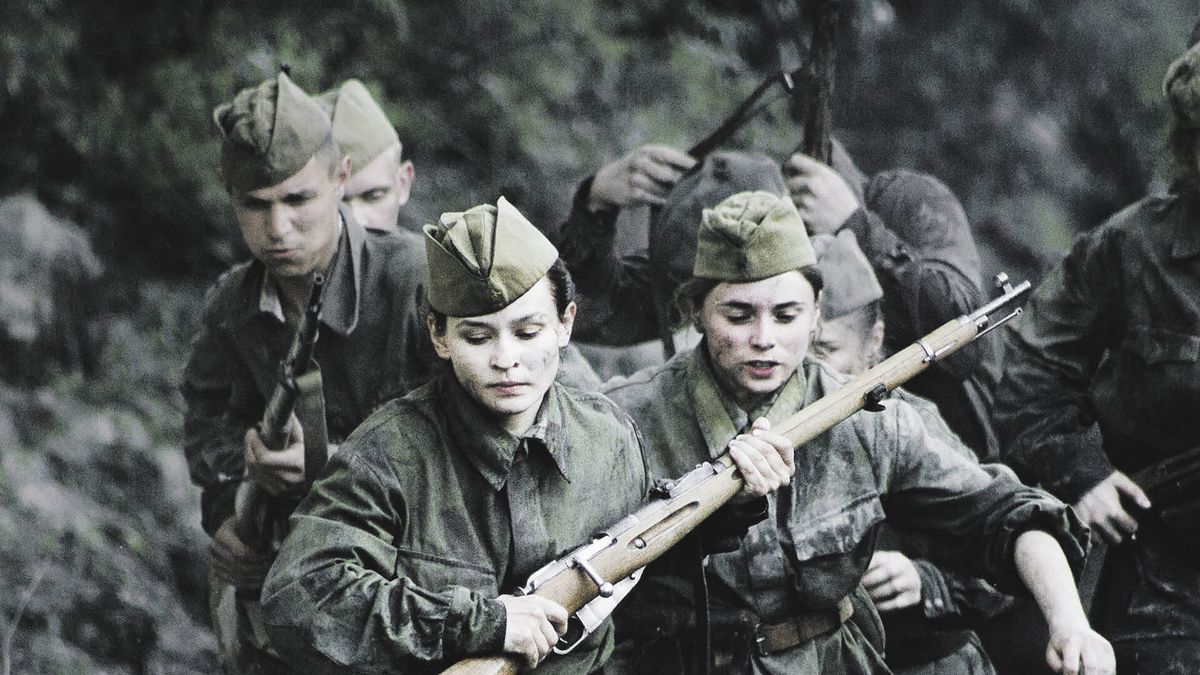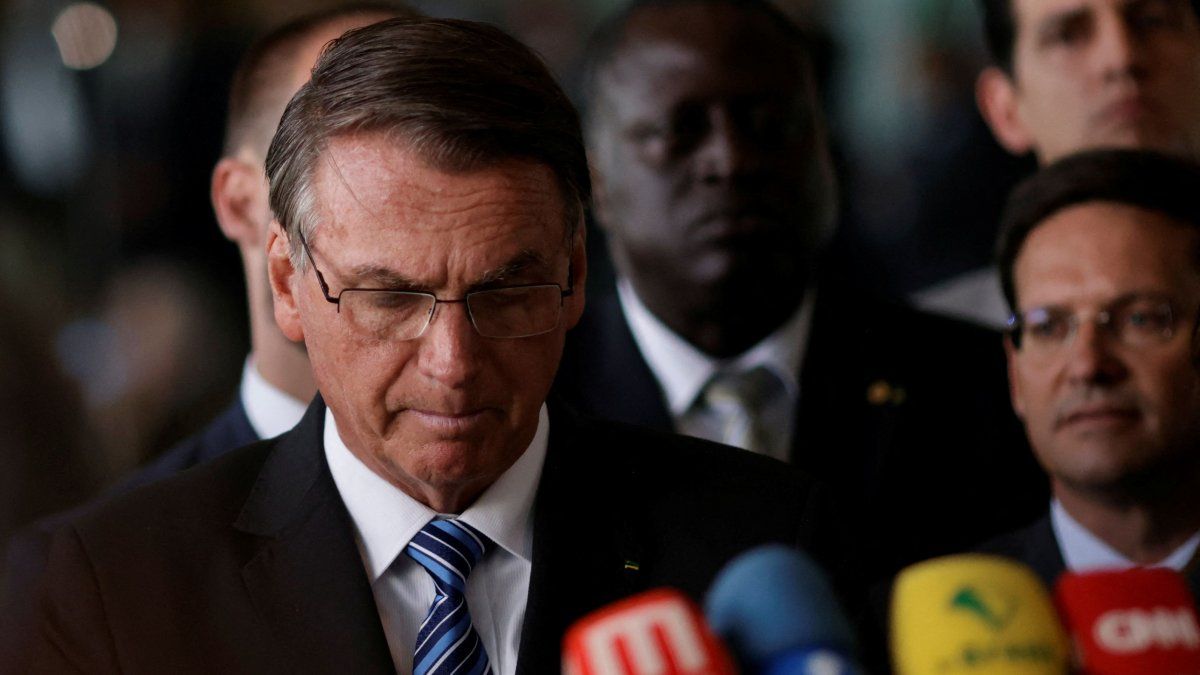That changed after the fall of the USSR, when little by little the filmmakers, both Russian and from the newly independent nations, especially Ukraine, they began to film without the support of the state, and therefore they appealed to genre cinema. Since the 1990s, this has aroused the curiosity of war film fans around the world to see how this new industry’s vision of World War II changed.
We had to wait a bit for the new producers from the East to be able to consolidate, understanding that war films usually require more budget. Towards the beginning of this century, war films began to appear that were more direct in style and with different messages from those of the Soviet era.
And the wait paid off, as some of the early war films were not only very good but could also do well both at the local box office and in the West.
One of the first examples is the excellent vision of the soviet vietnam, namely Afghanistan: “9° Platoon” (“9 riga”, 2005), which turned locations in Crimea into the land of the Taliban, telling the true story of a platoon of almost-adolescent soldiers who fall into a trap by the larger and better-armed Afghan guerrillas. the talented Fyodor Bondarchuk he exaggerated historical facts massacring more Soviets than what happened in the real battle, thus emphasizing the criticism of the decline of the USSR, which caught on in the young Russian public. The film tripled its production cost just during the Russian premiere.
The success allowed Bondarchuk to become one of the most important Russian producers, and in 2012 he shot the film that everyone was waiting for, the first Russian “Stalingrad”, which with a budget of more than 30 million dollars narrated one of the most bloody films of all time with a reasonable level of deployment of essential means for the case, and he played it safe with a conventional, melodramatic and jingoistic script making the heroes of Stalingrad -now more common people than Stalin’s officers- be practically sanctified.
This success sparked a boom in movies about heroes of the “patriotic war” that escalated in formal quality and message of freedom, with ordinary men facing terrible situations. There are many good titles about historical episodes like “The Resistance”, a great film about the defense of Brest, or “Filipov’s Men”. Later, more original variants of war films appeared, for example, “Batalion”, that goes back to the War of 14 to tell the story of the first female battalion of the provisional government of 1917.
This boom allowed Sergey Mokritsky, talented Ukrainian cinematographer, getting five million dollars to produce his first major film as a director, “The Battle of Sevastopol” (“Bitva va Sevastopol”, 2015, which can be seen on the Amazon Prime Video platform), biography of the Ukrainian heroine Lyudmila Pavlichenko, the best sniper of all time. Despite what the title suggests, rather than the typical war film about a battle, the film is constructed in the style of Clint Eastwood’s “The Conquest of Honor”, since it narrates how that young student is forcibly recruited in 1941 and, as soon as he comes into contact with his first rifle, he proves to have an amazing talent for liquidating Nazis, to the point that in a couple of months he had 309 confirmed casualties. This caused the Nazi high command to organize a massive hunt to kill her. The most interesting part of her is when Stalin’s propaganda takes her to the United States and she befriends Eleanor Roosevelt. Released in 2015, “The Battle of Sevastopol” was filmed in Crimea just before the conflicts, occupations and infighting that ended up escalating to the current Russian invasion of Ukraine.
Barely a year later, Mokritskiy made a harsher and more bitter film about the decisions that a simple Russian rural teacher must make when the Nazis occupy his village: “Ya uchitel” (“I am a teacher”, 2016) is a great film more to the Costa-Gavras style than a Hollywood war one.
escapism
Perceiving that the public needed to go to the movies to escape their reality and not to be reminded of it, in the last time. Mokritskiy – like Fyodor Bondarchuk – has left the war to dedicate himself to science fiction, a genre that is getting more and more box office throughout the East and that allows any message, if any, to be read more subtly.
In any case, war cinema is already a usual and welcome genre throughout the region of the former USSR, and even a daring Ukrainian filmmaker was encouraged to film more personal and political stories, related to the Russian-Ukrainian reality. It is no coincidence that Sergey Losnitza was born in the part of the former USSR that is now Belarus, but after growing up and studying all his life in Kiev, he is considered one of the most important Ukrainian filmmakers, to the point that for a decade It has been winning prizes at all European festivals, starting with Cannes.
Based on the novel by writer Vasiliy Bykov, his 2012 film “In the Fog” (“V tumane”) tells the dilemmas of a man who is accused of being a traitor when the Nazis, instead of sending him to the gallows like the other suspects. of a sabotage, they let him go free. The question asked by all the characters in this brilliant and devious film is “can war change a person so much and so quickly”?
The events of 2014 inspired Losnitza to portray Russians and pro-Russians with not-so-subtle sarcastic irony, albeit with good black humor touches. More acclaimed by critics and festival circuits -such as Mar del Plata- than by the mass public, “Donbass” (2018) has a direct message, which beyond being an interesting film with successful moments of comedy cruel and political satire, must have helped make it the film that the Zelensky government chose to represent the country at the 2019 Oscars, without being nominated. Saving the distances, “Donbass” could be a Ukrainian equivalent of “MASH” by Robert Altman. The big difference is that for the cruel humor to work perfectly, Altman was talking about the Vietnam War but he placed the action in the farthest reaches of Korea, since nobody can make humor with a war in progress.
The film, which had managed to compete for the Oscar – which it did not win – was one of the most interesting war films of this new era: “White Tiger” (“Belyy tigr”, 2012) by the head of the Mosfilms studios, Karen Shakhnazarov , a kind of extrapolation of Herman Melville’s classic novel, “Moby Dick”, with Spielberg’s “Duel” plus a touch almost worthy of Andrei Tarkovsky’s fantastic-metaphysical cinema. The film, a remix of war and horror movies, tells of a Soviet sergeant’s obsession with a white-painted German Tiger tank that appears out of nowhere and mysteriously disappears after killing everyone, even if it’s alone against dozens of others. Russian tanks. The most ominous part of the matter is that the White Tiger frightens the Nazis themselves who cannot explain its presence, what battalion it belongs to, its color, or who its crew members are. “White Tiger” may be the great film that synthesizes a concept shared by both Russians and Ukrainians: that every war hides evil in its purest form.
Source: Ambito
David William is a talented author who has made a name for himself in the world of writing. He is a professional author who writes on a wide range of topics, from general interest to opinion news. David is currently working as a writer at 24 hours worlds where he brings his unique perspective and in-depth research to his articles, making them both informative and engaging.




